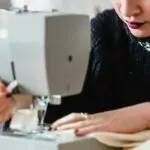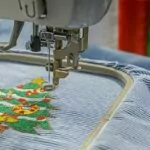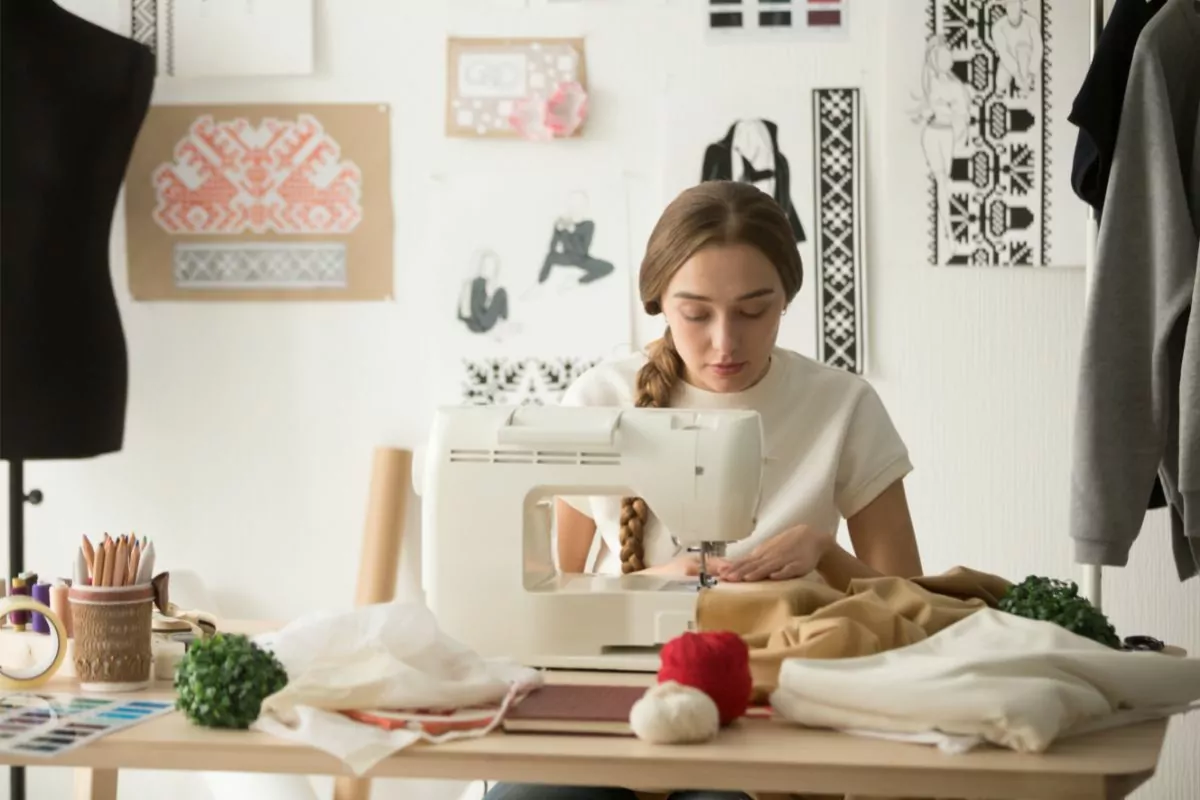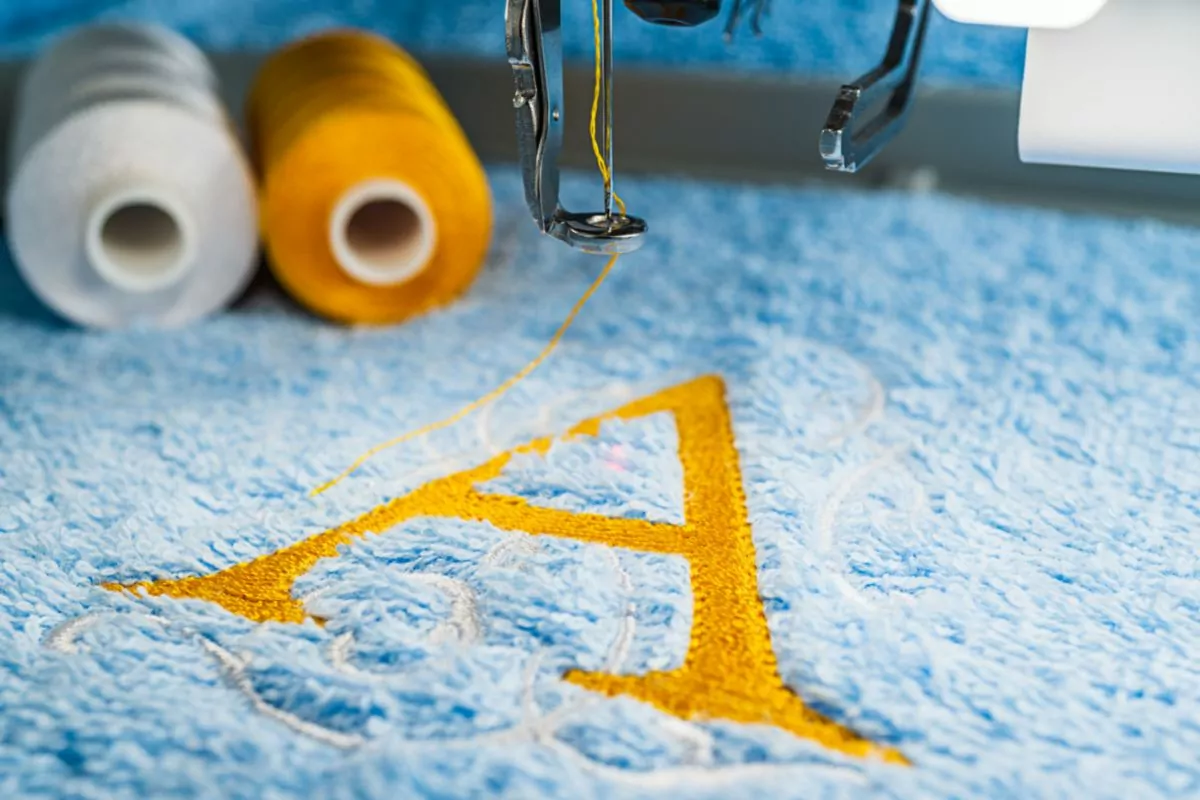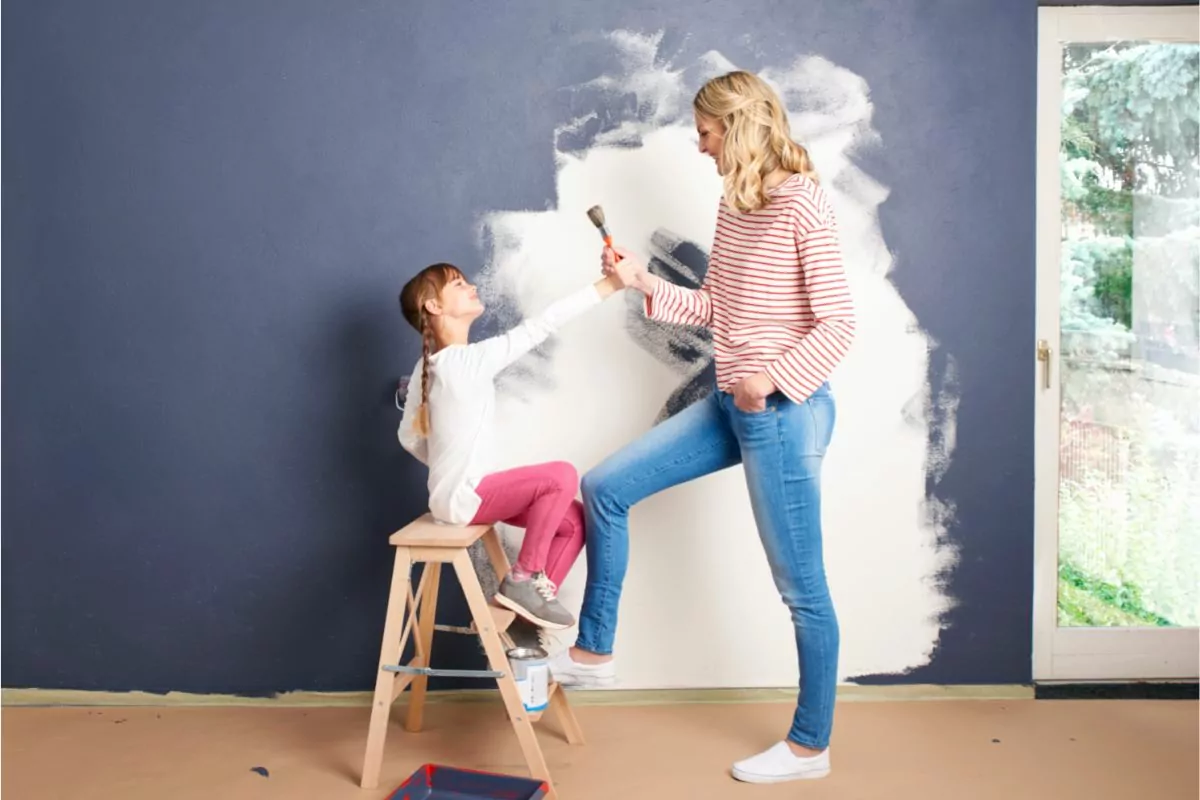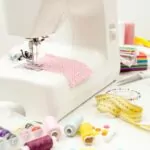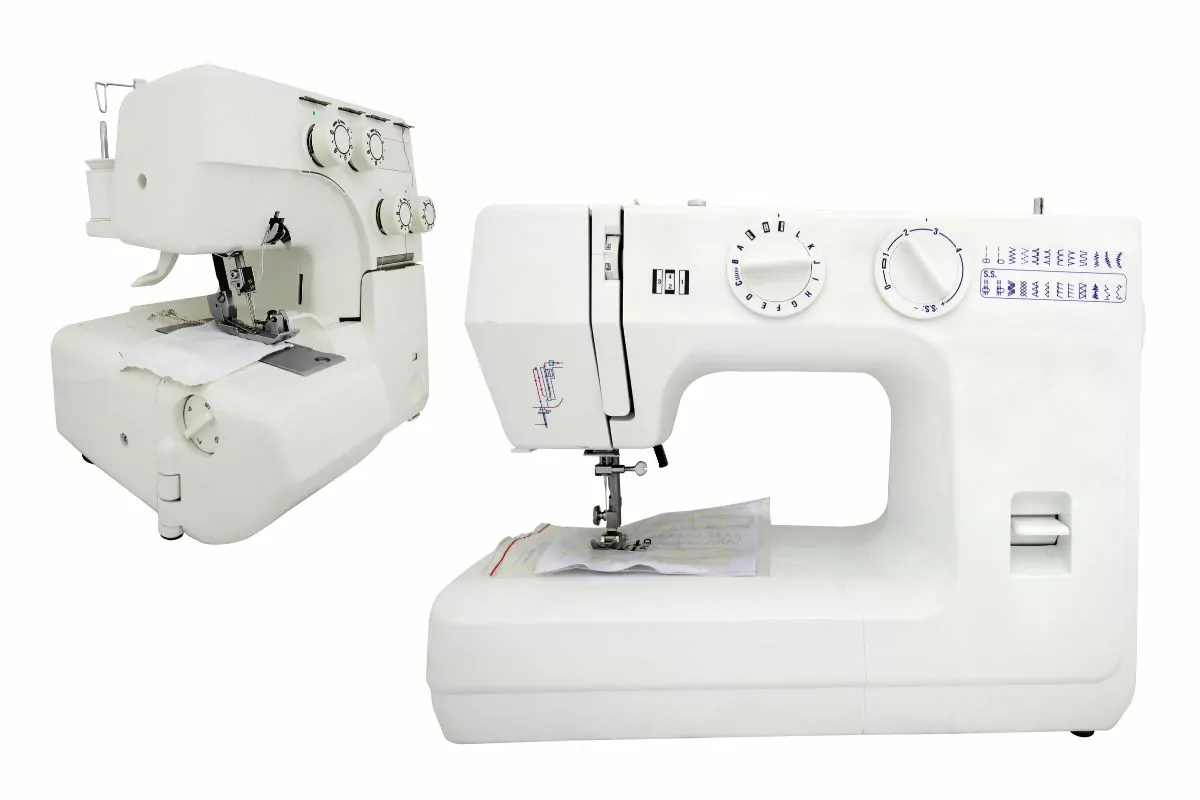Basting is a sewing technique used to temporarily hold fabric layers together before the final stitching. It is an essential part of making garments, allowing you to make precise adjustments during the construction process.
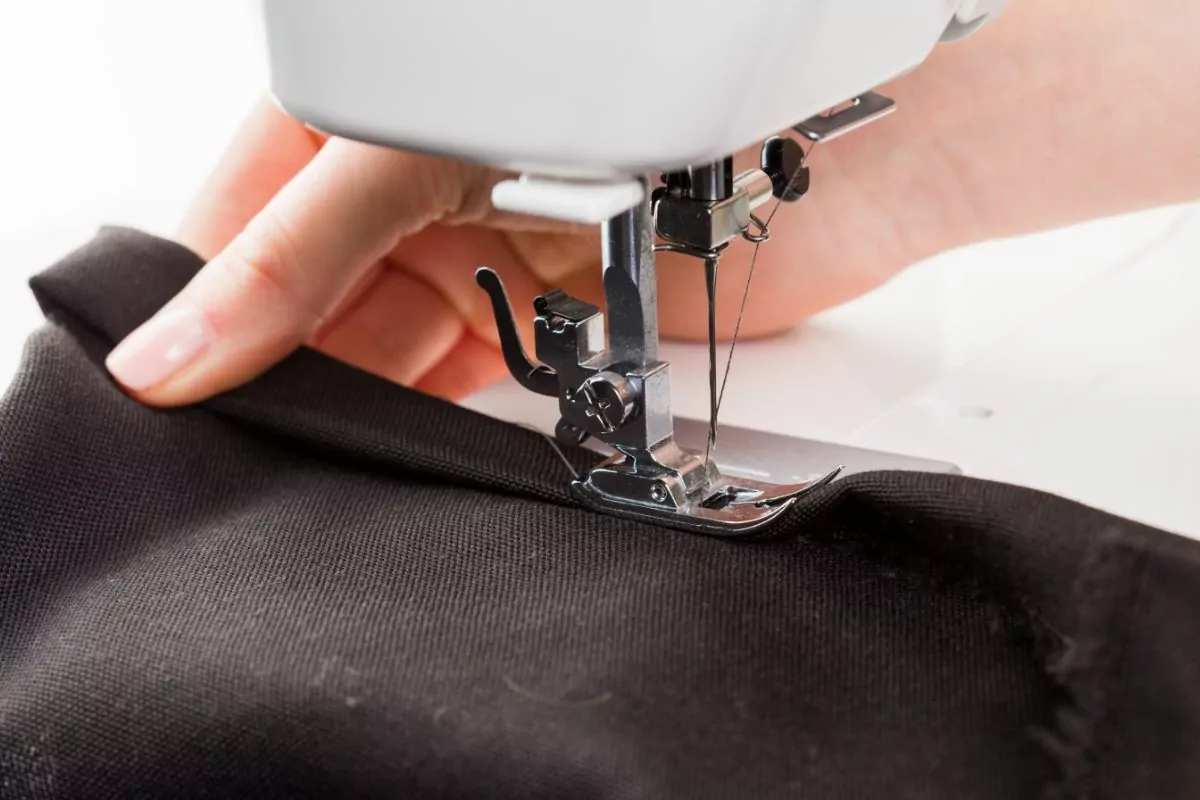
Whether you’re a beginner or an experienced sewer, understanding how and when to baste will help you achieve professional results. In this article, we’ll discuss what basting is, the different types of basting stitches, and how to use them.
By the end, you’ll have a better understanding of this essential sewing skill, and will be able to use it to improve the quality and ease of your projects.
What Is Basting?
In sewing, basting refers to temporarily stitching fabric layers together using long, loose stitches. Unlike regular stitching, basting stitches are meant to be easily removed or replaced with permanent stitches.
This temporary stitching allows you to hold fabric pieces in place, test the fit of a garment, or secure delicate fabrics before final stitching.
Why Is It Important To Baste?
So, why do you need to understand and use basting when sewing? The answer is that basting offers several advantages in the sewing process, including:
Better Fitting
Basting allows you to try on a garment or check the fit of a pattern before committing to permanent stitches. By basting together fabric pieces, you can make adjustments and alterations more easily, and this means that the final product will fit better.
In addition, when working with multiple fabric layers or complex designs, basting helps align the pieces accurately. This ensures that your final stitches will be neat and precise.
Securing Delicate Fabrics
Basting can help hold together delicate fabrics that may be difficult to sew with regular stitches, or that could be damaged by multiple passes of a needle and thread. Basting temporarily holds these pieces in place until the permanent stitches can be applied.
Testing Design Placement
Basting can also be used to test the placement of decorative elements such as pockets, appliques, or trims. By basting these elements in position, you can evaluate their appearance before committing to a more permanent final position.
Improved Stability
Basting provides stability to fabrics that tend to shift or stretch, such as slippery materials or loosely woven fabrics. By securing them temporarily, you can prevent distortion and achieve better control during final stitching.
Types Of Basting Techniques
Now that we understand the importance of basting, let’s explore some common basting techniques used in sewing:
Hand Basting
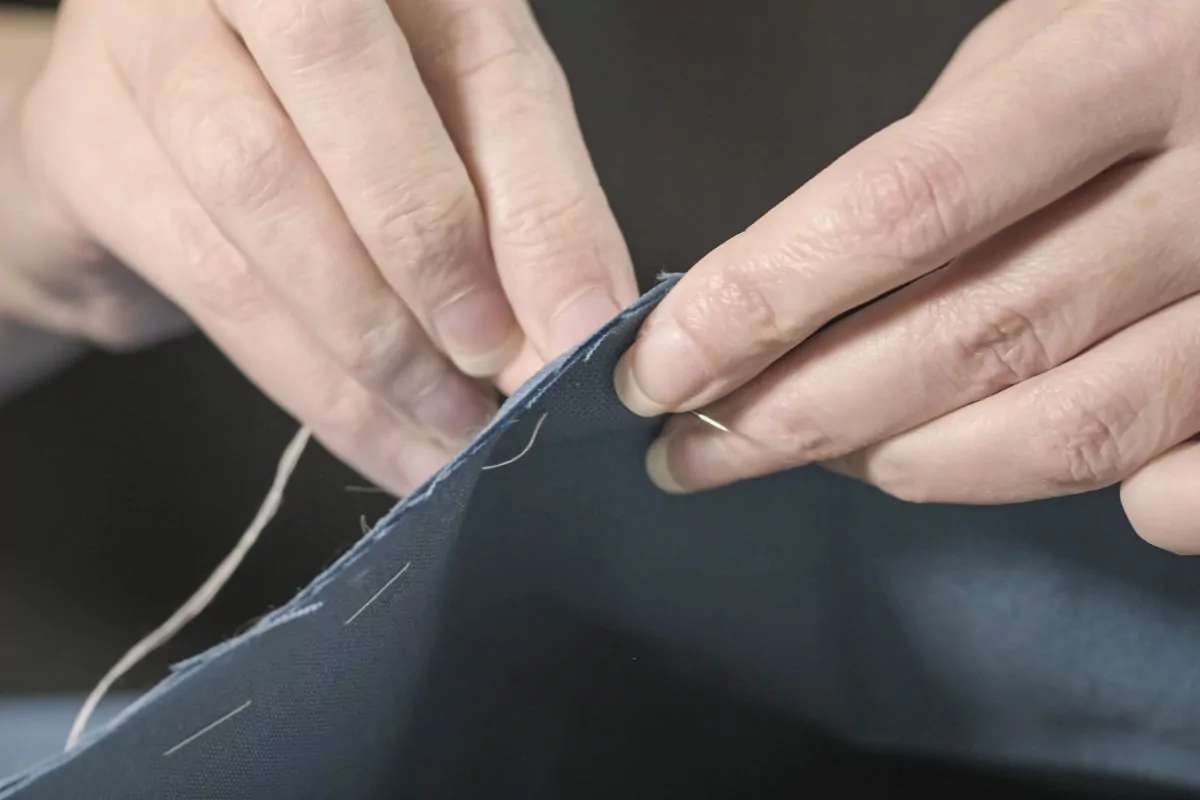
This is the most basic type of basting, and it involves using a hand needle and thread to secure fabric pieces in place. You can use this technique for joining short seams, gathering fabric, or temporarily attaching elements like pockets or trims.
Machine Basting
Machine basting is a quick and efficient way to hold fabrics together before final stitching. It involves using a long, loose stitch that is easily removable.
This technique is useful for quickly basting large pieces together, and it’s particularly helpful when constructing garments or quilts. You can machine baste by adjusting the stitch length on your sewing machine.
Start by setting the stitch length to 4 or 5, which will create a loose and easily removable basting stitch.
Pins, Clips, And Glue
In addition to hand and machine basting techniques, you can also use pins, clips, or glue to secure fabric layers in place.
Pins are best for heavier fabrics that will not tend to shift as you sew, while clips are ideal for lighter fabrics that need a little extra grip. Glue is a great choice for fabrics or trims that are difficult to pin or clip.
Spray Basting
Spray basting is a technique that involves using temporary fabric adhesive spray to hold fabric layers together. It is especially useful for quilting projects or when dealing with large fabric pieces.
How To Remove A Basting Stitch?
As we mentioned, the purpose of a basting stitch is to be easily removable. Depending on the type of basting technique used, you can remove basting stitches in a few different ways. If you use hand or machine basting, you can remove the stitches by simply pulling out each one with your fingers.
For spray basting, gently pry apart the layers and use a damp cloth to wipe away any residue left from the spray adhesive. For pins or clips, simply pull them out of the fabric, taking care not to snag or catch the fabric.
When Can I Use A Basting Stitch?
You can use basting stitches in a variety of sewing projects, and some of the main uses for this stitch include:
When You Need Accuracy
Basting is a great technique for any project that requires accuracy, as it can help to align pieces, secure delicate fabrics, and improve stability. Whether you use hand or machine basting, pins, clips, glue, or spray adhesive, basting can make your next sewing project easier and more precise.
When You Need To Join Seams
Basting is often used to temporarily join seams before you apply your permanent stitches. This technique helps ensure that fabric pieces line up properly and are even. It also allows you to make adjustments before committing to the final stitch.
When Working With Delicate Fabrics
As we mentioned, certain fabrics, such as silk or chiffon, can be difficult to sew without basting. The extra layer of security helps prevent stretching and shifting during the final stitch.
When Gathering Fabric
Gathers are a great way to add shape and texture to your garments or projects, but they can be tricky to achieve. Basting is an excellent technique for gathering fabric, as it gives you more control over how much fabric is gathered and how evenly it’s distributed.
Final Thoughts
Basting is an essential technique in sewing that can be used for a variety of projects. It’s a great way to ensure accuracy, join seams, and gather fabric.
Whether you’re using hand or machine basting, pins, clips, glue, or spray adhesive – this versatile stitch can give your project the extra security and stability it needs.
- How To Sew Fabrics Together - June 5, 2023
- How Many Stitches Per Inch? - June 5, 2023
- How Long Does It Take To Sew A Dress? - June 5, 2023



